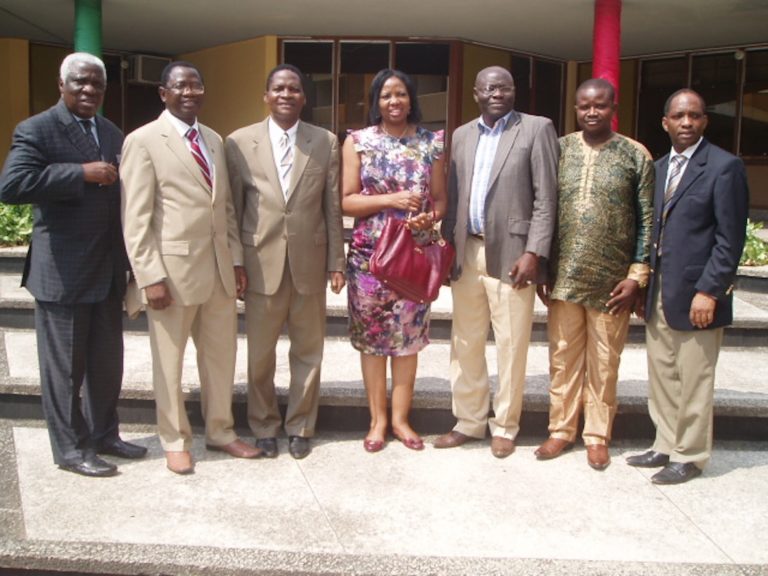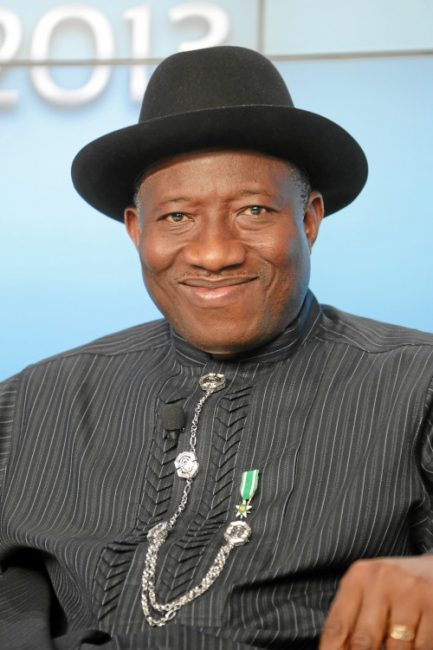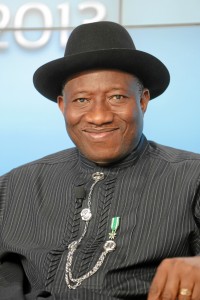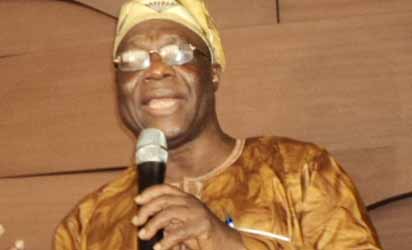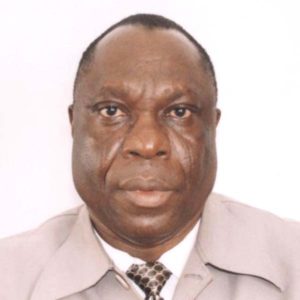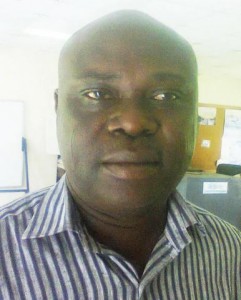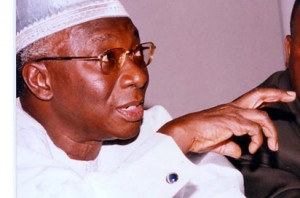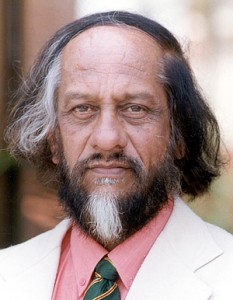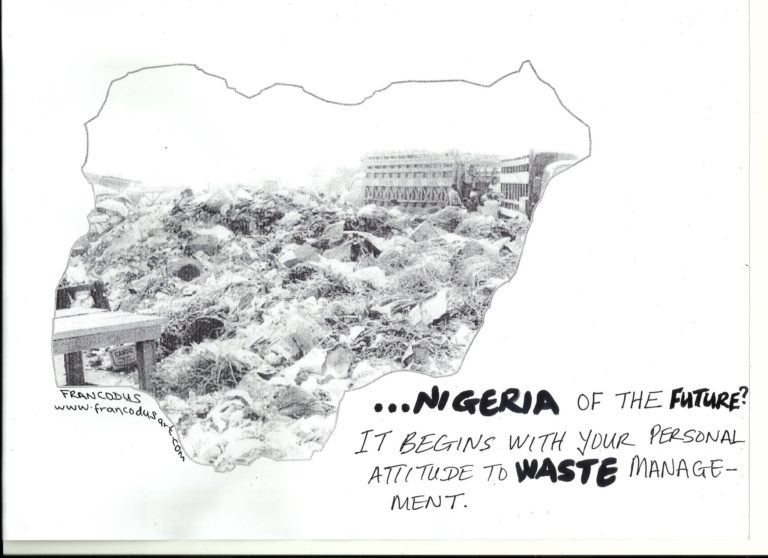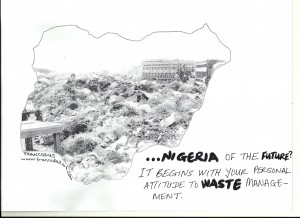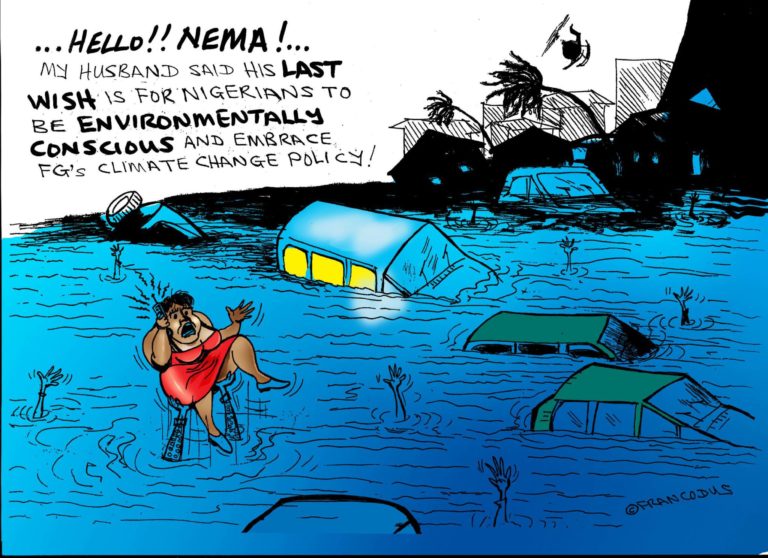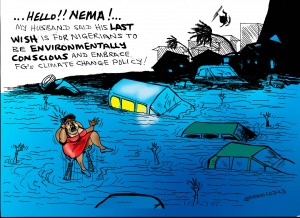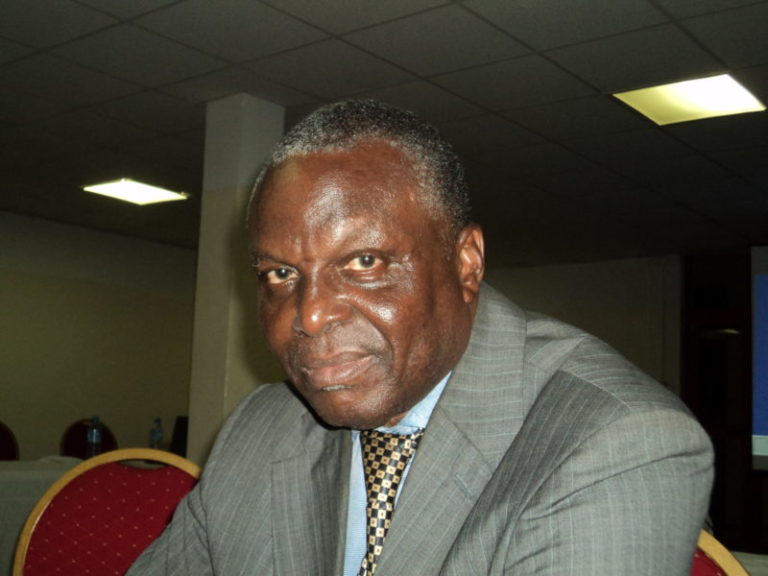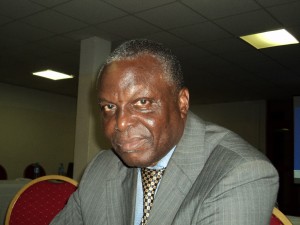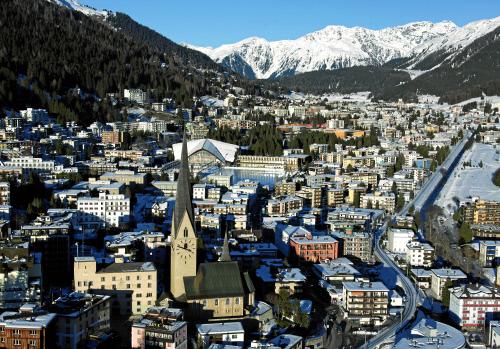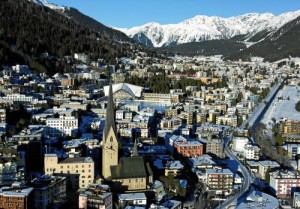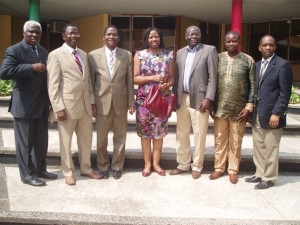
The spatial configuration of the Obafemi Awolowo University (OAU) in Ile-Ife, Osun State, is set for a comprehensive overhaul, courtesy of a 15-year project that will see a more effective landuse pattern in the show-piece Ivory Tower.
Designed by Israeli architect, Arieh Sharon, the 52-year-old institution that boasts of 13 faculties and two colleges is endowed with modernist architecture. The campus has an eye-catching landscape built on about 5,000 acres (20 km2) of a total of 13,000 acres (53 km2) of the land owned by the university.
The existing master plan of the university was prepared in 1981 while the first master plan was done in 1961. Then, the main core of the university’s master plan focused on campus development and its original plan was modified in 1963 and 1969 to accommodate growth of new facilities and increased density. The university’s existing land use system comprises 11,855 hectares of land. Out of it, 5,605 hectares was captured in the first master plan and additional 6,250 hectares was acquired sometime in 1973 for further development.
Its halls of residence include: Awolowo Hall, Angola Hall, Alumni Hall, ETF Hall, Fajuyi Hall, Ladoke Akintola Hall, Moremi Hall, Mozambique Hall and Murtala Muhammed Hall.
However, the university authorities have inaugurated a 200-member stakeholders’ forum to review the institution’s master plan, a venture that will expose the extent of existing development, while assessing the adequacy and physical condition of residential, academic, commercial and recreational environment.
The stakeholders are expected to make inputs into the proposed master plan review project being undertaken by the project consultant, Messrs Femi Olomola and Company (FOC). The town planning and development consulting firm has commenced an inventory of the existing services, facilities, utilities and the changes brought by trends in development activities. The outfit is also formulating concrete proposals aimed at evolving harmonious and aesthetic environment conducive to various activities taking place within the university community for a period of 15 years.
Essentially, FOC is expected to highlight the challenges and potentials of the sectors and sub-sectors in the campus, carry out detailed studies of physical, economic, socio-cultural, engineering, aesthetic and ecological components and other subjects relevant to the development of the university.
Speaking at the inauguration of a Stakeholders’ Forum and the Presentation of Findings in the on-going master plan review project, Deputy Vice-Chancellor (Academic), Prof. Ayobami Salami, urged the participants to contribute meaningfully to ensure that the university produces an enduring master plan.
He said the project has been on along the vision of the founding fathers but, because of the dynamics of the time, “there is a need to review the master plan to see what can be taken or re-modified to ensure that Ife, remains Great Ife.”
Director, Physical Planning and Development Unit (PPDU), James Ayodeji, who was represented by Adebayo Owolabi, explained: “With rapid population growth and changes experienced by the university over the years as well as pressure which has led to the overstretching of academic, social, economic and infrastructural facilities, it became a necessity to undertake a review that will accommodate changes besieging the old plan.
“Our expectation is that after these stakeholders’ consultations, accelerated actions will be taken by the consultant to conclude the project. These include recommending strategies, policies, actions and concrete proposals aimed at improving the existing situation taking into cognisance of the university strategic plan, the university environment policy and the National University Commission (NUC) minimum standards for preparing master plan of universities.”
According to the Principal Partner at FOC, Dr Femi Olomola, the firm is adopting citizens’ participatory approach in the project. “The entire university community will have a say at every stage of the project so that they will see the end product as our master plan and not their master plan,” he said.
Olomola disclosed that members of Stakeholders’ Forum were selected from all the sectors/units within the university such as Head of Departments, Provosts, Directors of units and representative of the Vice Chancellor office, Academic Staff Union of Universities, Non-Academic Staff Union of Universities and Regional Centre for training in Aerospace Surveys.
He added that the forum members are expected to comment on findings from the studies conducted on all existing land use systems and infrastructure within the university, which will form the basis for other stages of the project. The forum will also offer recommendations on the sources of assistance in terms of funding to implement the revised master plan.
Olomola further said the project was delayed due to some unforeseen circumstances such as getting the survey plan of the 6,250 hectares of land acquired for OAU in 1979, delay by consultants to conclude studies, trade union strikes, and getting copies of the university’s up-to-date base map.
According to him, while preparing a campus master plan, his firm is fond of:
- Laying emphasis on the choice of primary access and approach roads to the core of the institution;
- Locating the institution’s academic/administrative core as a central focus sufficiently remote and protected from highway traffic nuisances;
- The use of open spaces and green verges as connectors and separators of buildings and land as well as to create openness and screening effects on some activity areas and building; and,
- Minimising potential traffic conflicts between pedestrian and vehicular movements and ensuring a safe and relaxed environment for the academic/administrative core of the campus.
The firm had previously prepared master plans for: Chariot University, Osi, Kwara State; Elim University of Education, Imo State; South Western University, Ijebu-Ode, Ogun State; Kings Polytechnic, Ubiaja, Edo State; Interlink Polytechnic, Ijebu-Jesha, Ilesha, Osun State; and Heritage Polytechnic, Eket, Akwa Ibom State.
Others are Fidei Polytechnic, Gboko, Benue State; Allover Central Polytechnic, Sango-Ota, Ogun State; Ronik Polytechnic, Ejigbo, Lagos State; Nigerian Institute of Journalism, Ogba, Lagos State; Grace Polytechnic, Surulere, Lagos State; and Lagos City Polytechnic, Ikeja, Lagos State.
The university was founded in 1962 as the University of Ife by the regional government of Western Nigeria, led by late chief Samuel Ladoke Akintola, and was renamed Obafemi Awolowo University on 12 May 1987 in honour of Chief Obafemi Awolowo (1909-1987), first premier of the Western Region of Nigeria, whose brainchild the university was.

